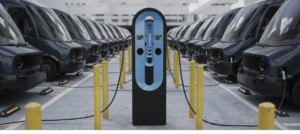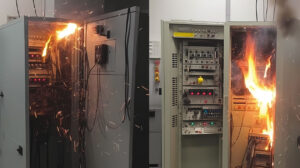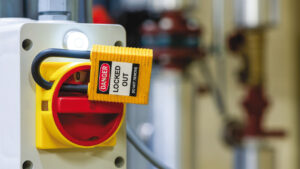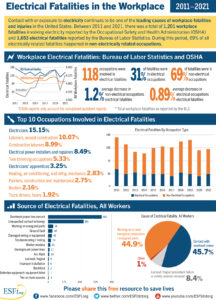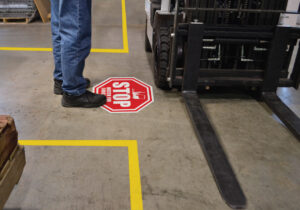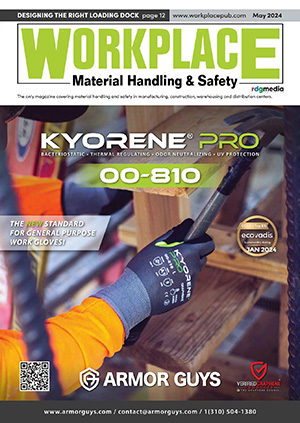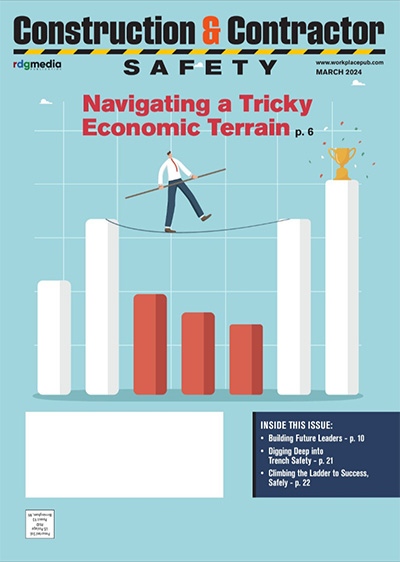An EV charger tester should be part of electrical maintenance programs. By: Jeffrey R. Jowett, Contributor Electric vehicles are prominently heralded as the trend of the future, but there has also been negative publicity over safety issues like car fires. The key to excellent performance and safe operation is diligent maintenance. Do not take performance for granted,…
Read More >>New additions of quality wiring solution products from Murrplastik provide fast and efficient ways to prevent electromagnetic interference (EMI) and to install cable conduits for cobots and small robotic machinery. Murrplastik ZL-AB series discharge plates (for use with ZL series strain relief plates) and Murrplastik DIN-rail-mounted EMC cable clips provide easily accessible grounding points for cable shields,…
Read More >>Safety is paramount in your workplace, and we understand the importance of having efficient, reliable Lockout/Tagout (LOTO) procedures. That’s why we are thrilled to introduce our RS LOTO software, designed to not only meet but exceed industry standards. Our standout feature? Unrivaled mobile capabilities that will transform the way you manage LOTO procedures. MOBILE CAPABILITIES:…
Read More >>“OSHA requires protective measures to prevent worksite injuries. DuraLabel recommends adding arc flash labeling to your overall safety and visual communication program. Arc flash labeling does not eliminate the requirement for work permits, training and planning when working on energized equipment. Effective hazard communication improves personnel safety, plant productivity and efficiency.” DuraLabel 1-888-326-9244 (U.S./Canada), www.duralabel.com…
Read More >>Mention electrical incidents or staff becoming exposed to electricity in the workplace, and most people’s thoughts will turn to electricians or electrical contractors. However, electricity and power sources are so common everywhere that virtually any worker could become the victim of an electrical incident. When that happens, employers need to ensure that their workers not…
Read More >>The American Society of Safety Professionals (ASSP) has published a revision to a voluntary national consensus safety standard that involves communication structures, which can present many risks for workers across the country. The updated ANSI/ASSP A10.48 standard will be effective on January 1, covering the latest safety practices and training recommendations for the construction, demolition,…
Read More >>By Brianne Deerwester, Contributor The dependence on modern electronic devices and the rapid advancements made to emerging technology has significantly increased the energy demands placed on homes and commercial buildings. Adapting to the ever-evolving future of energy requires efficient and clean energy. Energy storage systems and photovoltaic (PV) solar panels can allow you to tap…
Read More >>By: Maureen Paraventi Approximately three million workers in the U.S. use or service equipment that may unexpectedly release hazardous energy if that energy is not properly controlled. The results can be life altering or life ending: electrocution, burns, crushing, cutting, lacerating, amputations or fractures. According to OSHA, workers injured on the job from exposure to…
Read More >>By Daniel Majano and Brianne Deerwester, Contributors Each year, the Electrical Safety Foundation International (ESFI) collects information on fatal occupational electrical injuries using the U.S. Bureau of Labor Statistics (BLS) Census of Fatal Occupational Injuries (CFOI), Survey of Occupational Injuries (SOII), and the Occupational Safety and Health Administration’s (OSHA) Fatality and Catastrophe Investigation Summaries. ESFI’s…
Read More >>By: Kevin Fipps, Contributor The best route isn’t always a straight line. Today’s industrial workforce must navigate traffic, energized equipment and complex facilities. To ensure the safety of personnel working in industrial areas, it is important to properly mark hazardous areas and equipment. Floor marking is a great way to identify and protect workers from…
Read More >>
